How To Use Less Air When Scuba Diving?
The question of using less air when scuba diving is one of the most pressing issues that a majority of newly qualified divers ask. Nothing spoils the joy of diving more than being the first diver in a group to breathe down their air and cause the dive to end prematurely for everyone else.
Typical advice to use less air when scuba diving
Some divers and instructors rush to suggest all manner of easy quick-fix solutions to using less air while scuba diving. They don’t really work, or at least only address the symptoms and not the root cause:
- Breathe deep and slow
- Use a high-performance regulator
- Improve your cardiovascular fitness
- Stay shallower on your dives
- Slow down when diving
- Buy more efficient fins
The reality is that your breathing demand is driven by your level of muscular exertion and, thus, how much CO2 your body metabolizes. The urge to breathe is determined by how much CO2 builds up in your body. More CO2 in your body forces you to breathe faster and use up your air more quickly.
Address the cause, not the symptoms
Fancy breathing methods and expensive regulators may help you expel CO2 from your body more efficiently, but they fail to address the underlying issue that you’re creating more CO2 than necessary.
Cardiovascular fitness
Likewise, improving your cardiovascular fitness through regular exercise will mean that you produce less CO2 for a given amount of muscular exertion. Exercising is always a good thing, but it doesn’t address the fact that you are unnecessarily exerting yourself on scuba dives. Again, the solution fixes the symptoms, not the root cause.
Staying shallower
Staying shallower on your dives will increase your bottom time because the density of gas you’re breathing will be less. However, that won’t improve your air consumption relative to anyone else in your group.
Some divers deliberately stay shallower than their dive buddy and group. That can be dangerous because it distances them from support if an emergency occurs. It can also be lonely and embarrassing. Staying shallower on dives just avoids the problem of poor air consumption, it doesn’t resolve it.
Slowing down your speed
Slowing down when diving isn’t bad advice, but most divers rarely get to dictate the speed they move around underwater. You’ll often have to keep up with a group, and dragging behind them is a recipe for getting separated. Of course, you can ask a group, or divemaster guide, to slow down their pace, but that will limit the exploration for everyone; just to address your problem.
More efficient fins
When dive pros talk to divers about “efficient fins” in most instances it is just a disingenuous up-selling technique.
Fins have only one job, they convert your muscular exertion into momentum by increasing the surface area causing more water resistance for you to push against. Pushing against that resistance creates an equal and opposite reaction: propelling you in the other direction, i.e. forwards.
In short, diving fins exist to maximize water resistance so Newton’s 3rd Law of Motion can create propulsion. Every action has an equal and opposite reaction. The muscular energy you apply against water resistance on the fins dictates the force pushing you forwards.
There are gimmicky fins on the market that claim to be efficient, but in reality, just incorporate features which reduce the water resistance the fins create. Split fins, cut-out fins and very flexible fins are prime examples of this. It is not efficiency, it is the opposite.
These fins are designed to be inefficient for propulsion so that you perceive less water resistance when using them. Less water resistance per kick stroke simply demands that you make more kick strokes to cover a given distance, or more kick strokes per minute to travel at a given speed. The amount of energy that you are exerting remains unchanged.
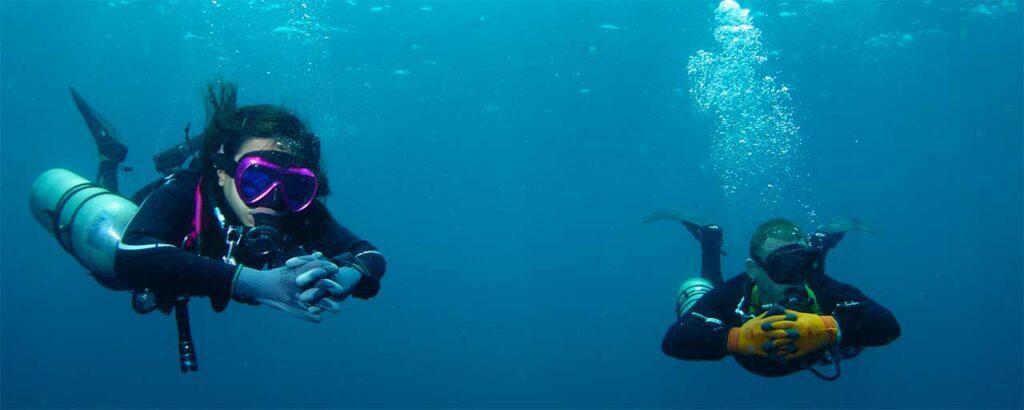
It just feels more efficient because people intuitively, but wrongly, associate immediate muscular ease with energy efficiency.
Fifty low-resistance kick strokes can utilize the same muscular energy as ten high-resistance kick strokes. They will ultimately have the same propulsive force, covering the same distance and/or creating the same finning speed.
Ultimately, propelling yourself underwater at a given velocity demands a proportional expenditure of energy. Your heart, lungs and leg muscles are the “engine” that propels you forwards, not your fins.
Avoid quick-fix solutions to use less air when diving
Divers can be prone to avoiding recognizing the root causes of their air consumption problems because the obvious solution is not a superficially gratifying quick fix. There is a need for some self-discipline, patience and a willingness to simply invest time and effort.
Shortcuts to making that effort will invariably mean you will still be frustrated by the same underlying problems many years and hundreds of scuba dives later.
“The reason that most people don’t possess these extraordinary physical capabilities isn’t because they don’t have the capacity for them, but rather because they’re satisfied to live in the comfortable rut of homeostasis and never do the work that is required to get out of it. They live in the world of “good enough.” The same thing is true for all the mental activities we engage in,”
Anders Ericsson, Peak: Secrets from the New Science of Expertise
It is very tempting to resort to spending money on new dive gear to solve one’s diving problems. The dive industry is full of salespeople who thrive by capitalizing on that common tendency. This, regrettably, accounts for the ineffectual advice that many divers frequently receive from dive professionals.
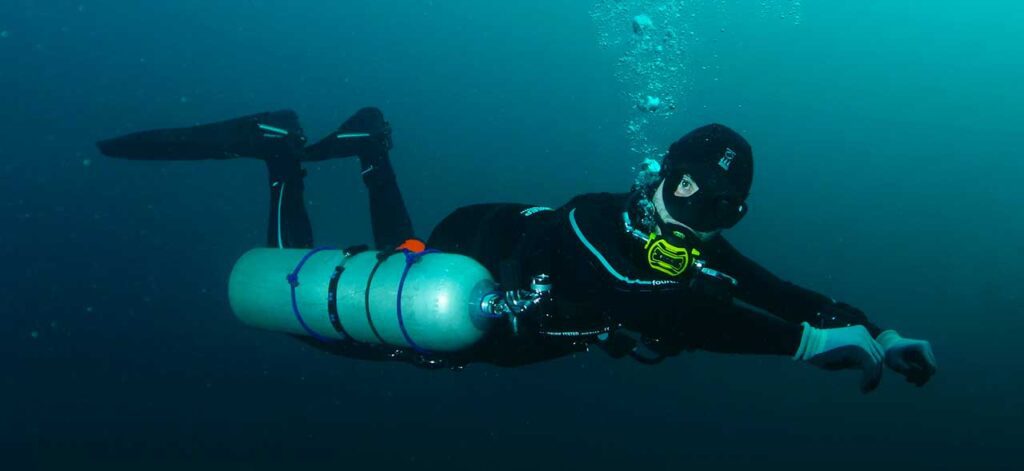
Likewise, it can be tempting to favour quick-fix solutions, such as fancy breathing patterns and pre-dive meditation. Such solutions are appealing because they avoid the need to invest effort and time. If they actually worked, the dive community simply wouldn’t be full of divers lamenting their bad air consumption.
In my honest opinion, these sorts of solutions are usually offered by dive professionals who just don’t have the instructional knowledge and diving skillset to actually address the real root problem. The deceptively appealing advice is also an easy money-earner for scuba diving influencers on YouTube and dive blogs.
If you want to use less air when scuba diving you need to address the underlying root cause, and not the superficial symptoms using conveniently quick-fix solutions.
The best way to use less air when scuba diving
Become more skill proficient to lower your exertion
The key to lowering air consumption on scuba dives is to dramatically reduce your level of exertion. Your aim must be to become as physically efficient as possible. Reduce your muscular workload to lower your CO2 production and decrease your respiratory demand.
In short, you should aspire to become a lazy diver. Exert the least possible amount of energy on your dives without having to sacrifice speed and depth, buy more expensive dive gear or invest in an expensive gym membership.
That is primarily achieved by improving your fundamental diving skills proficiencies: buoyancy control, trim and propulsion.
When these proficiencies improve, refined skill replaces the need for exertion. The diver will use far less muscular effort on a given dive; they’ll relax and metabolise less O2 into CO2. That will directly reduce their breathing demand and air consumption.
Improve your fundamental diving skills
It is regrettable that many diving courses neglect to develop robust and effective fundamental diving skills. To keep costs low, there are reductions in the amount of in-water practice time allowed for these skills to develop to an adequate level. Additionally, far too many scuba diving instructors are weak at fundamental diving skills; they cannot teach students beyond their own proficiency limitations.
As you become a more skill-proficient diver, your dives will require less exertion and energy. Do note that skill proficiency is NOT the same thing as gaining diving experience. It is entirely possible to accumulate huge diving experience without any significant improvement to your fundamental diving skills. At worst, you may even develop and reinforce bad habits that make you less proficient over time.
Skill proficiency is developed through deliberate focused practice, NOT by just going scuba diving
Fundamental diving skills that directly influence your level of exertion when diving are:
- Static hover
- Efficient propulsion and manoeuvring techniques
- Maintaining constant neutral buoyancy
- Horizontal trim
Invest in competent instruction
A truly competent diving instructor will develop your fundamental diving skills to an admirable level in just a couple of days. Those instructors know their worth, so you won’t find them competing with the cowboys on cost.
There are some training agency courses that have a justified reputation for reliably developing high-quality fundamental skills. Good examples of these are:
With other scuba training agencies, the quality of tuition can be incredibly varied. What you receive on a course like the PADI Peak Performance Buoyancy or SSI Perfect Buoyancy is entirely determined by the proficiency of your individual instructor.
Whilst great training can sometimes be found through mainstream diving agency courses, you will have to perform some serious research to find a truly capable instructor.
In most cases, such speciality courses will offer nothing more than “Buddha hovers” and swimming through hoops. It might be fun, but it is absolutely not an effective way to develop fundamental skill proficiency.
Deliberate practice involves well-defined, specific goals and often involves improving some aspect of the target performance; it is not aimed at some vague overall improvement. Deliberate practice is deliberate, that is, it requires a person’s full attention and conscious actions.
Anders Ericsson, Peak: Secrets from the New Science of Expertise
Practice skills by yourself to use less air when diving
You don’t need to pay for instruction to develop your fundamental diving skills. Although that is, by far, the most efficient way to develop reliable skills quickly.
There are many excellent fundamental skills demonstration videos available on sites like YouTube. You can study these and then go and practice them with a dive buddy in a pool.
There are also a couple of books that I highly recommend reading to improve your fundamental skills and all-around diving knowledge.
Of course, you’ve also got excellent resources like my blog. See the helpful links at the bottom of this page.
The best way to develop skills is by conducting deliberate practice. That involves seeing a demonstration performed, and then replicating what you saw. To be effective, the deliberate practice needs immediate corrective feedback. That quickens the learning process and avoids the mistake of ingraining flawed skills.
Purposeful practice has several characteristics that set it apart from what we might call “naive practice,” which is essentially just doing something repeatedly, and expecting that the repetition alone will improve one’s performance.
Anders Ericsson, Peak: Secrets from the New Science of Expertise
If your practice buddy is no more skilled than you, it can be difficult for them to offer appropriate corrective feedback in real-time. I recommend taking a GoPro camera, or similar, with you to record your skills practice underwater. Review that video after the practice to highlight your mistakes and remedy them in the next session.
How to use less air when scuba diving – in a nutshell
- Conduct deliberate practice of fundamental diving skills; ideally with an expert instructor
- Allow skill proficiency to replace exertion when scuba diving
- Less exertion = reduced CO2 metabolism in your body
- Reducing CO2 production reduces your respiratory demand
- Lower respiratory demand means you use less gas when diving
Books that will help your diving development
About The Author

Andy Davis is a RAID, PADI TecRec, ANDI, BSAC, and SSI-qualified independent technical diving instructor who specializes in teaching sidemount, trimix, and advanced wreck diving courses.
Currently residing in Subic Bay, Philippines; he has amassed more than 10,000 open-circuit and CCR dives over three decades of challenging diving across the globe.
Andy has published numerous diving magazine articles and designed advanced certification courses for several dive training agencies, He regularly tests and reviews new dive gear for scuba equipment manufacturers. Andy is currently writing a series of advanced diving books and creating a range of tech diving clothing and accessories.
Prior to becoming a professional technical diving educator in 2006, Andy was a commissioned officer in the Royal Air Force and has served in Iraq, Afghanistan, Belize, and Cyprus.
In 2023, Andy was named in the “Who’s Who of Sidemount” list by GUE InDepth Magazine.
Purchase my exclusive diving ebooks!
Originally posted 2019-02-22 12:25:30.







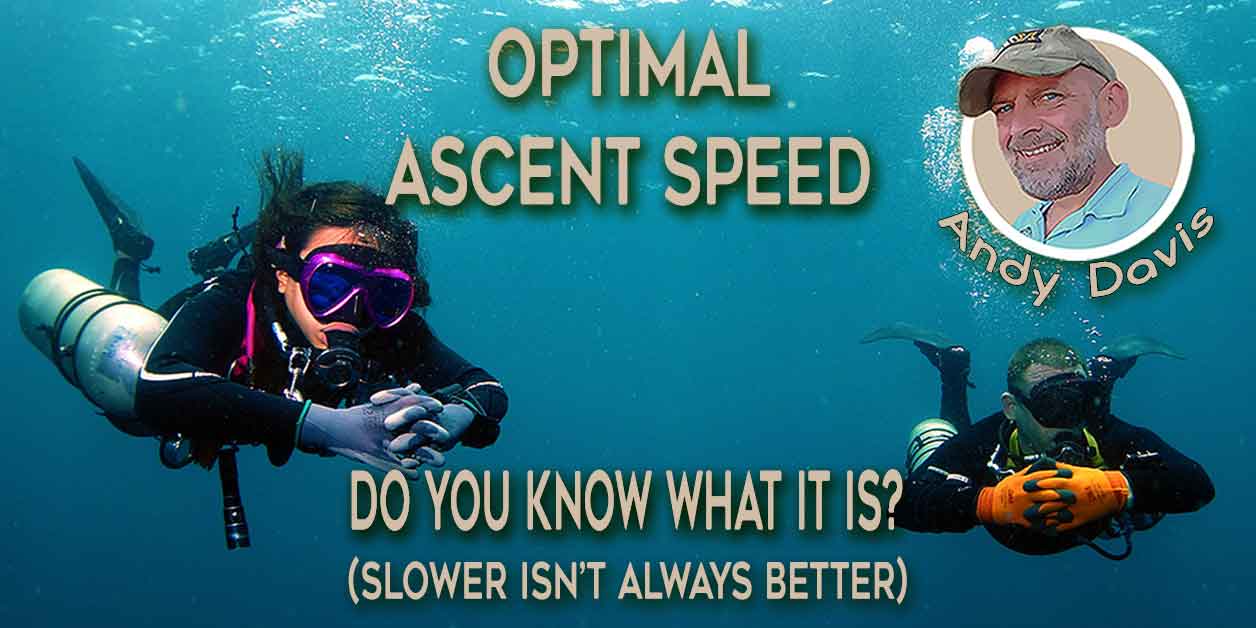
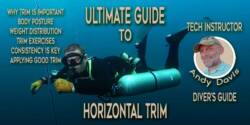
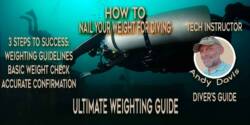
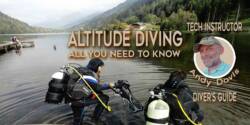
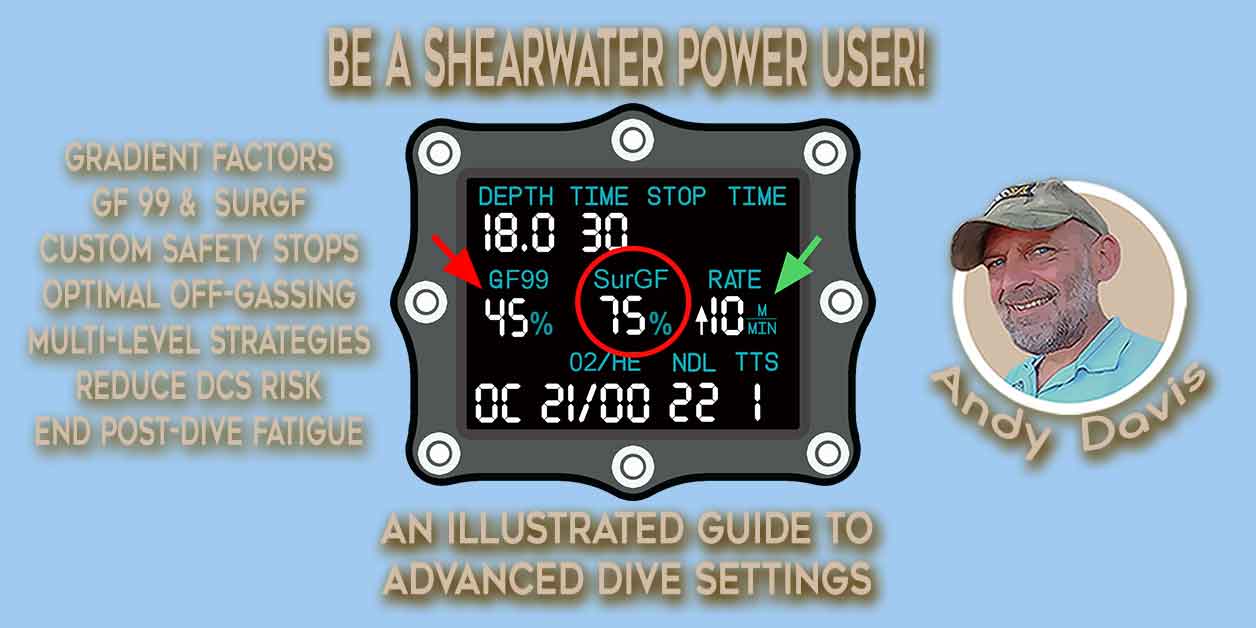
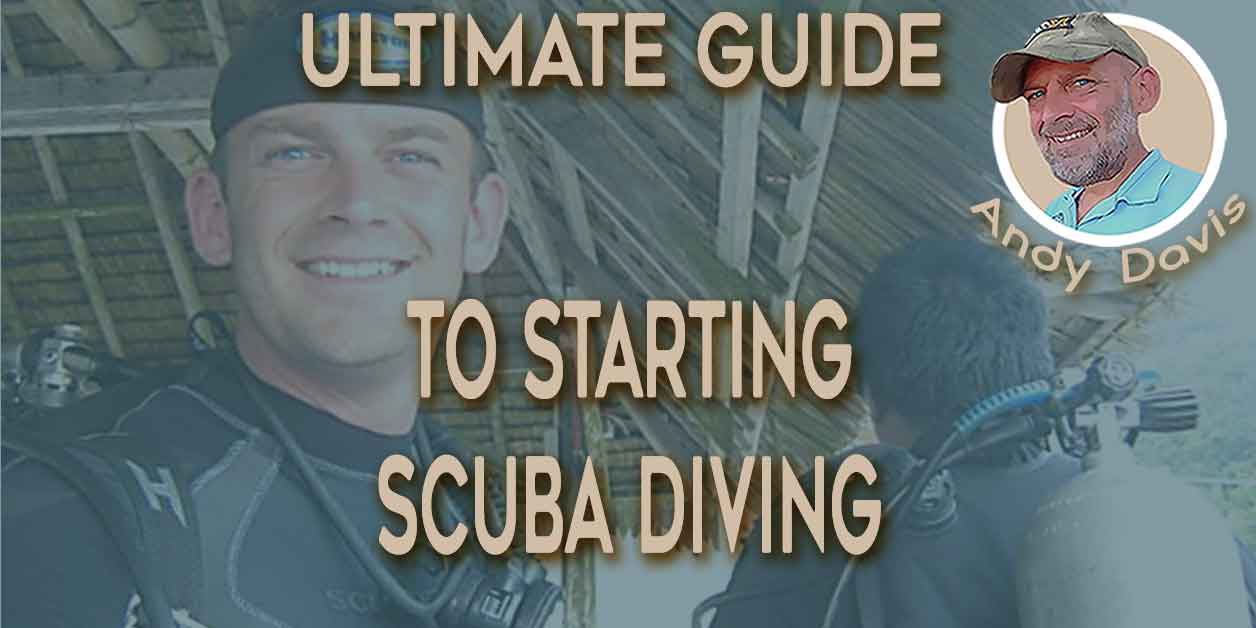

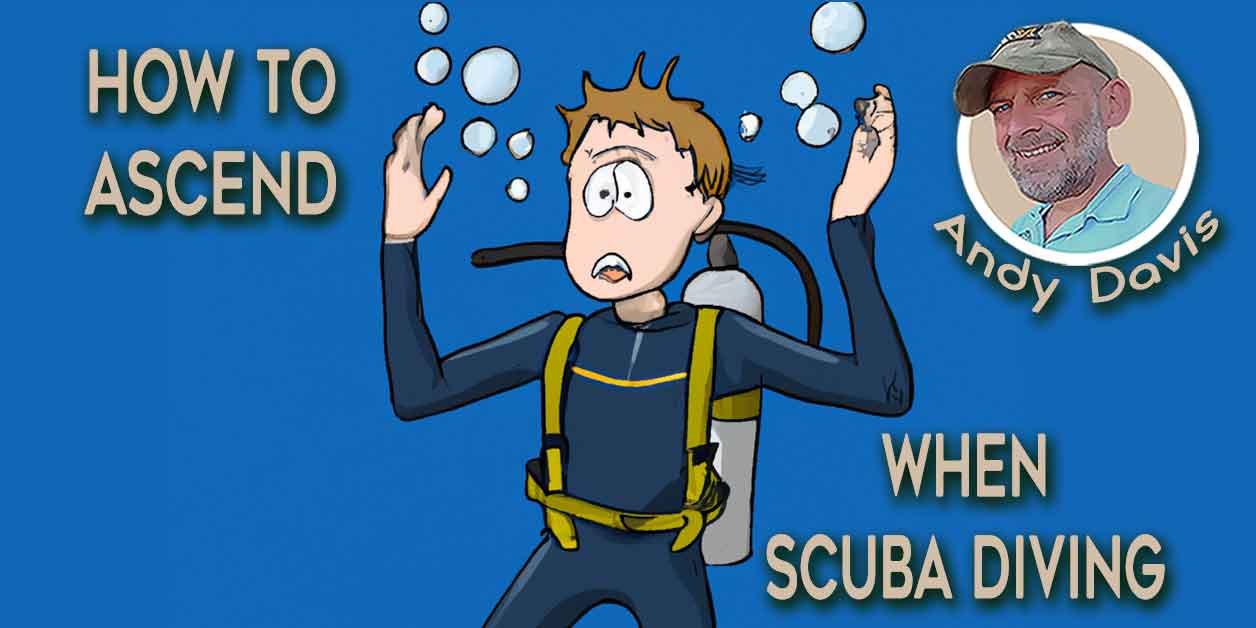
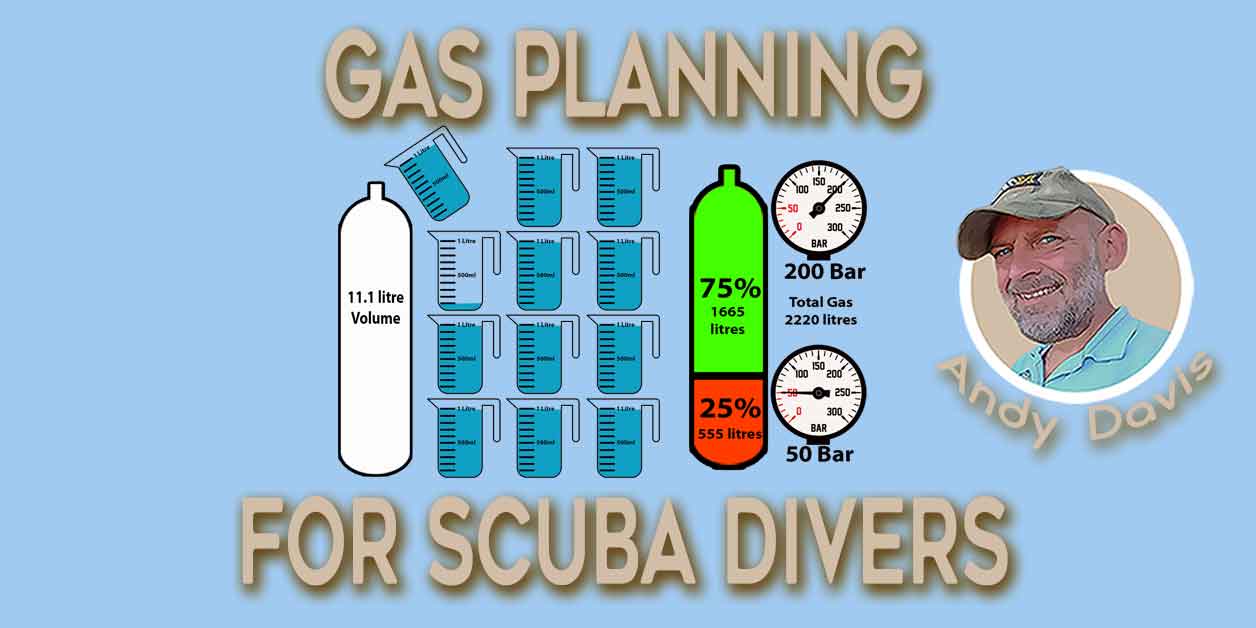
Exactly what needs to be done, I’ve been teaching this for years, however, you explained it in perfect detail.
Hope more “experienced” divers read this a learn from it